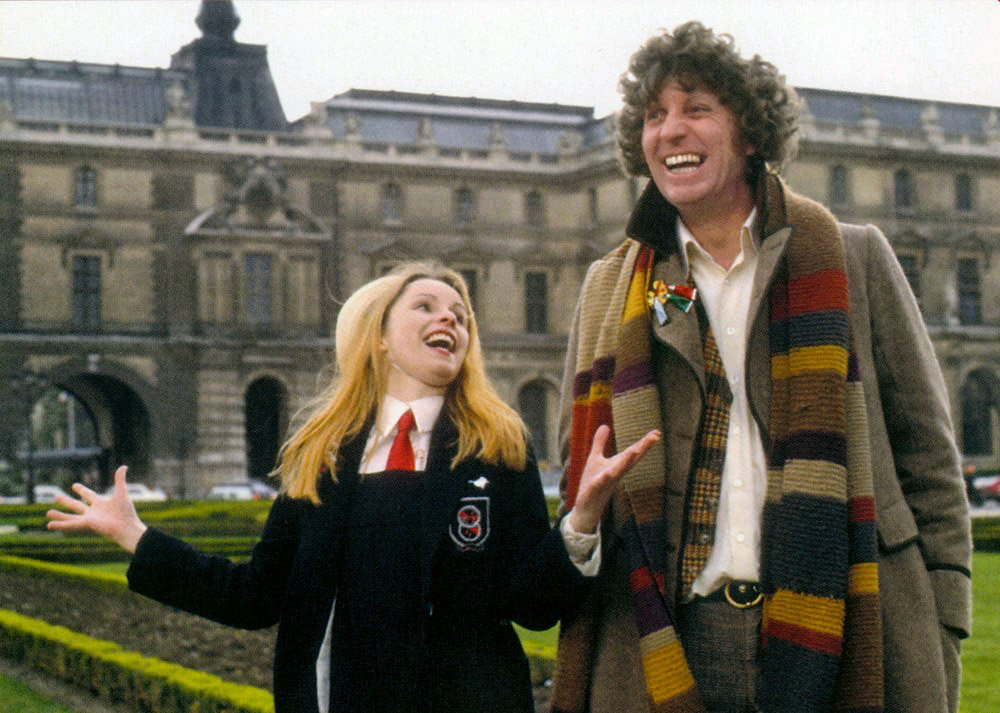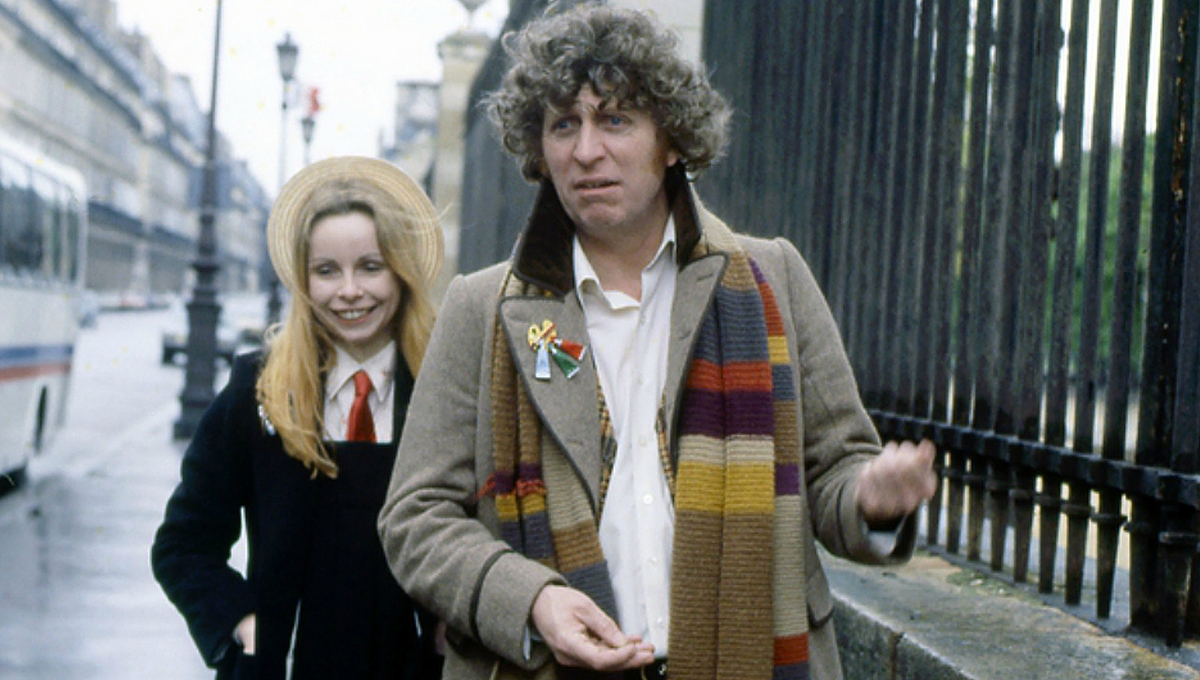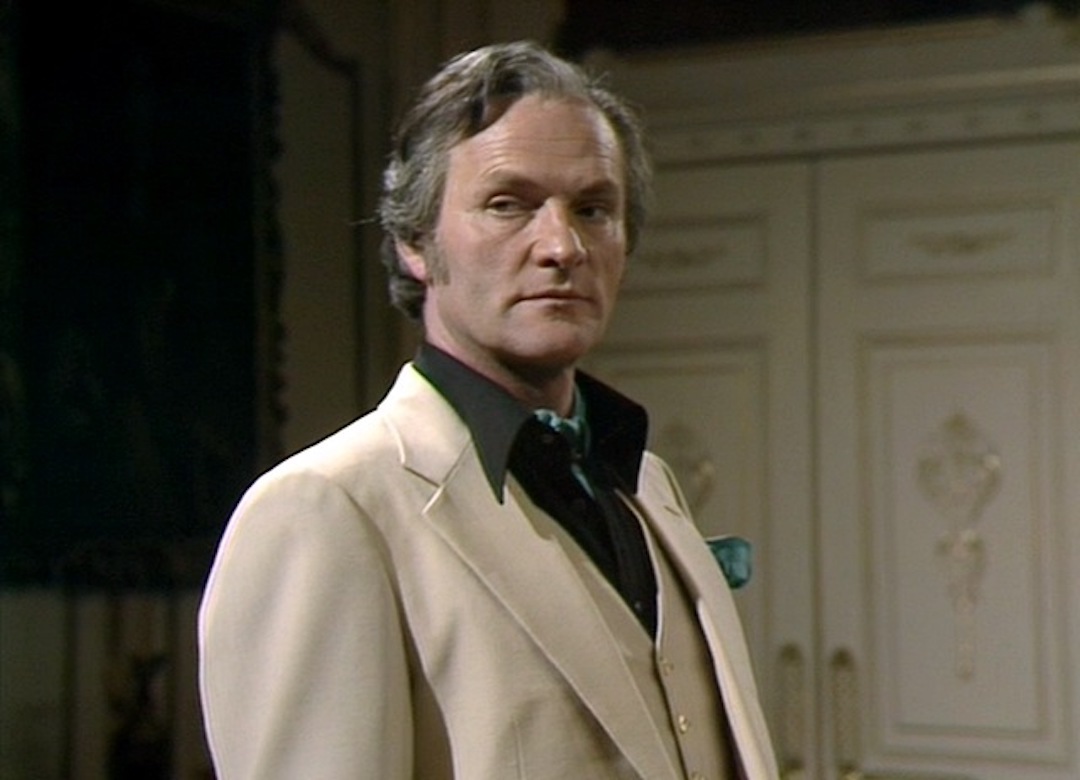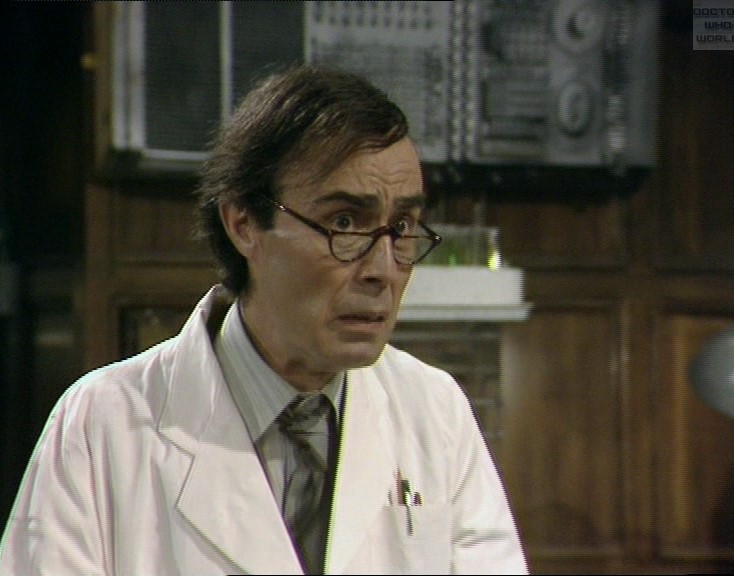‘City of Death’ is widely considered to be one of the greatest Doctor Who stories ever made. What is the secret to its enduring appeal?

‘City of Death‘ is one of the few Doctor Who stories that seems to be almost universally liked. Originally broadcast in 1979, it was made during a difficult time for TV production. Strike action was rampant, and many shows faced disruption or even cancellation. Indeed, ‘Shada‘ (which was intended to be shown only a few weeks after ‘City of Death’) was never actually completed.
In the case of this particular Doctor Who story, though, the strikes seemed to work in its favour. At the time of transmission, ITV had been forced off the air due to a protesting workforce, and ‘City of Death’ subsequently recorded Doctor Who‘s highest ever viewing figures with a whopping 15.4 million tuning in for part three, and an even bigger 16.1 for part four.
It’s a shame, then, that we will never know how well ‘City of Death’ would have performed if ITV had been transmitting. But at the same time, there is no doubting that Tom Baker was at the height of his powers as the Fourth Doctor, having been in the role for six years. Playing the eponymous Time Lord had become second nature to him, even to the point where he sometimes understood the show better than the directors, and even some of the writers.

In the case of ‘City of Death,’ though, the scripts were penned by someone who understood Doctor Who completely. Although the adventure is credited to David Agnew, it was really written by the producer Graham Williams and script editor Douglas Adams, who had recently found fame with the popular Hitchhiker’s Guide to the Galaxy books and series. Adams, in particular, knew how to weave humour into the Doctor Who scripts without turning the programme into an outright comedy.
Certainly, this is one of the strengths of ‘City of Death.’ The main villain, for example, could potentially have been played as pantomime villain; after all, he is a spaghetti-headed alien with one eye dressed in a skin suit, obsessed with the idea of reversing time so that he can prevent a catastrophic explosion and reassemble the splintered versions of himself.
And yet the actor Julian Glover plays the evil Count Scarlioni (or Scaroth) with all the understated elegance of a Bond villain, delivering even the most humorous of lines with the utmost sincerity. (“I shall keep him as an insurance policy, as it is sadly not possible to kill him twice.”) He makes the perfect foil for Tom Baker, who plays the part with an energised, erratic levity, and the chemistry between the two actors really is something to behold. It is perhaps unsurprising that Glover would later find fame as the main villain in Indiana Jones and the Last Crusade, and he even made an appearance in the small-time SF feature The Empire Strikes Back.

But perhaps one of the most memorable parts of ‘City of Death’ is the breath-taking location work. Due to some canny budgeting on the part of the production unit manager John Nathan-Turner (who would become Doctor Who‘s producer a year later) the team were able to film this story on the streets of Paris. This lent the production a polished, almost filmic quality as the Fourth Doctor and Romana raced along the banks of the Seine and took in such well-known landmarks as the Louvre, Eiffel Tower and Arc de Triomphe.
At the same time, the composer Dudley Simpson delivered a soundtrack that was unlike anything ever used in the series before. Putting Simpson’s score into words for the purposes of this blog post simply isn’t possible, but suffice it to say that if there was ever a piece of music that captured “the bouquet” of the Parisian streets, it’s this one. It has “a spirit all of its own,” you might say, and it is as beautiful as it is haunting.
It is important to remember, though, that this is still a Doctor Who story. One of the strengths of the overall series is its flexible format; it is hard to reduce a programme that encompasses the whole of time and space into a single checklist, but ‘City of Death’ does a pretty good job. First, there are the aliens – in this case the Jagaroth, who are an ancient, war-bitten race who were almost entirely wiped out some 400,000,000 years previously.
Next there is the time travel element. In ‘City of Death,’ the Doctor has to journey back to prehistory in order to save the human race from extinction, creating a suitably high-stakes, timey-wimey adventure that manages to stay on the right side of complex.
And then there is the mad scientist – the staple of many a Doctor Who yarn, particularly those from the Jon Pertwee era. But Douglas Adams subverts this concept in ‘City of Death.’ Yes, Professor Kerensky is ultimately responsible for the creation of the time machine that threatens the whole human race, but he has been deceived. He built his machine in order to save humanity, not wipe it out. It is the villainous Count Scarlioni who intends it for evil.

Simply put, ‘City of Death’ achieves a near-perfect balance of some of the series’ most successful elements, and does so with a high degree of polish. Furthermore, its scripts are performed by well-cast actors who have excellent on-screen chemistry; ‘City of Death’ would have been a very different serial without Catherine Schell as the Countess, or David Graham as Kerensky, or Tom Chadbon as Duggan.
And speaking of Duggan, we might need a whole extra blog post to talk about his character – the hardboiled detective who becomes something of a guest companion in ‘City of Death.’ You can read more about him here.
In summary, if you’ve never sat down to watch ‘City of Death,’ then the 60th anniversary year would be perfect time. Celebrate all that is great about Doctor Who with one of the most popular stories ever made – and follow it up with ‘Genesis of the Daleks,’ ‘Revelation of the Daleks‘ and ‘Remembrance of the Daleks.’
In the meantime, tell us what you love most about ‘City of Death.’ And for further reading, check out our other blog posts…
Why we love ‘City of Death’
The ultimate Doctor Who fan’s guide to visiting Paris
Was Douglas Adams the true writer of ‘City of Death’?








Leave a Reply